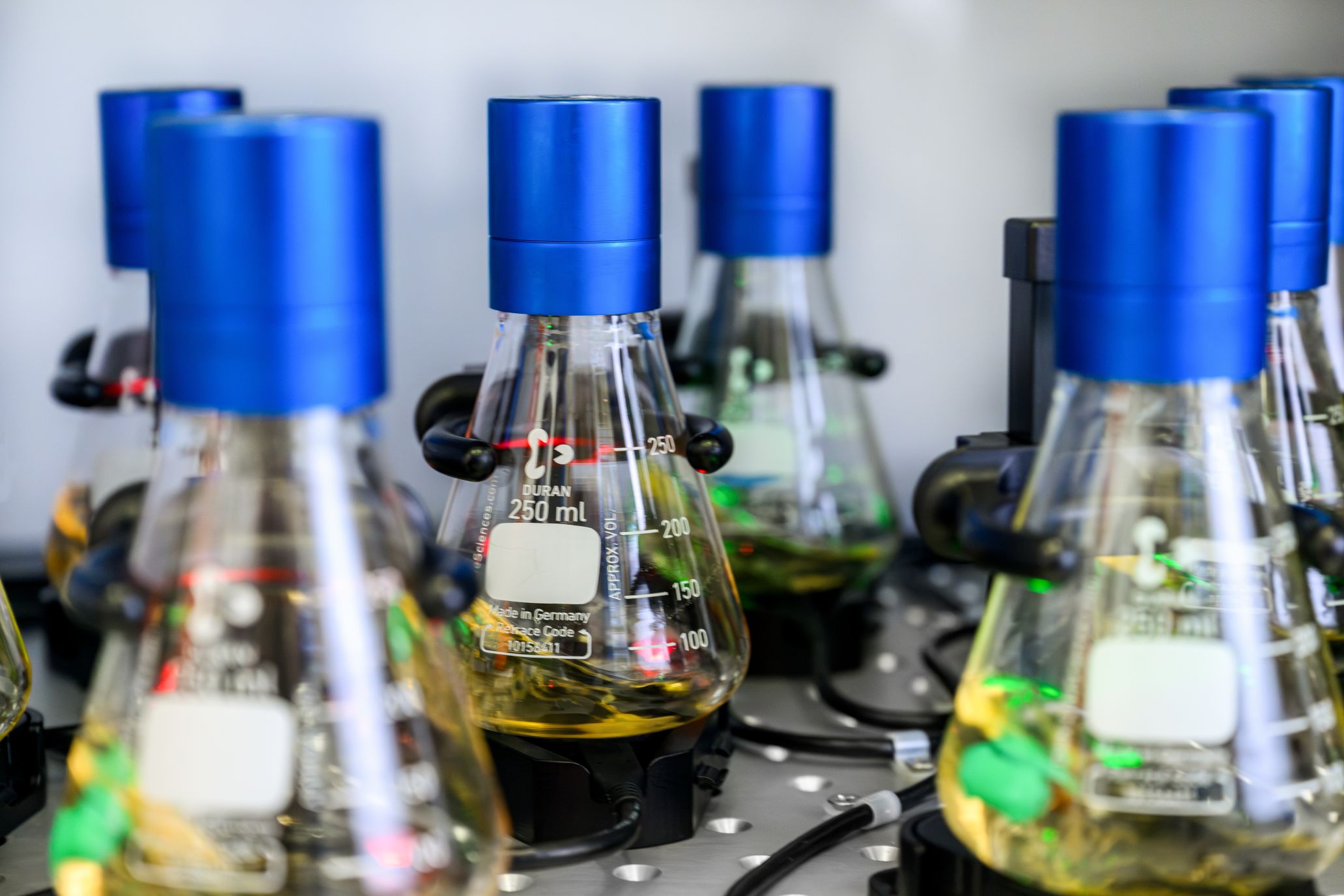Mastering Upstream Bioprocess Development with Quality-by-Design (QbD)

In the rapidly changing biopharmaceutical sector, upstream bioprocessing is critical in producing effective, high-quality treatments. Employing a Quality-by-Design (QbD) methodology enables companies to guarantee bioprocess development that is more dependable, consistent, and efficient. From the outset of biopharmaceutical manufacturing, this approach aims to increase quality, stability, and efficiency by emphasizing a methodical understanding of the relationship between processes and products.
Understanding Quality-by-Design (QbD) in Bioprocess Development
A proactive, risk-based strategy called Quality-by-Design (QbD) is centered on having a thorough awareness of all the factors influencing upstream bioprocesses. Bioprocess engineers can anticipate and reduce problems, improving the overall quality of the finished product, by early identification of Critical Process Parameters (CPPs) and Critical Quality Attributes (CQAs).
Key Elements of Upstream Bioprocess Design with QbD
- Process Analytical Technology (PAT) Integration: PAT enables real-time monitoring and control of the bioprocess, offering immediate feedback on CPPs and CQAs. Incorporating PAT allows engineers to make necessary adjustments to ensure optimal cell growth and product yield, improving both quality and efficiency.
- Design of Experiments (DoE): DoE systematically tests the influence of different parameters (e.g., temperature, dissolved oxygen, pH, nutrient levels) on bioprocess outcomes. This method helps in identifying optimal conditions for cell culture performance and product yield.
- Real-Time Data Monitoring and Analysis: Continuous monitoring of critical variables provides insights into how the bioprocess is performing at any given moment. Advanced data analysis techniques, such as multivariate data analysis, reveal hidden relationships between CPPs and CQAs, leading to more informed control strategies.
- Modeling and Optimization: Mathematical models help predict how changes in CPPs affect product quality. These models allow engineers to optimize the process, maximizing both yield and quality while reducing risk and inefficiency.
- Risk Assessment: A thorough risk assessment identifies potential issues early in the process, allowing for timely interventions. By focusing on the most critical factors (e.g., variations in raw materials), engineers can maintain a stable, high-quality process throughout development.
Implementing QbD in Upstream Bioprocess Development
Early-Stage Development:
Media development, cell harvesting, and clone selection form the basis of upstream bioprocessing. The clone selection process guarantees that the selected cell lines have high productivity and consistent output. Media formulations can be optimized for optimal growth through Design of Experiments (DoE), guaranteeing effective cell proliferation and product generation. Optimizing cell harvesting techniques is also necessary to preserve product quality and maximize productivity.
Establishing the Quality Target Product Profile (QTPP), which specifies the ideal qualities of the finished product and directs the development process, is an essential part of this phase. Additionally, control over crucial components is maintained throughout development by creating a design space that represents the permissible range of parameters through process characterization studies.
Late-Stage Development:
As upstream processes transition into later stages, attention shifts to small-scale models (SSMs) and process validation. SSMs are employed to simulate the production environment, providing insights into the effects of scaling up. Process validation ensures that the bioprocess consistently produces products that meet predefined quality standards.
Engaging with regulatory authorities during late-stage development ensures that the bioprocess aligns with industry standards and expectations, paving the way for smoother approval processes.
Conclusion
Mastering upstream bioprocess development using a QbD approach ensures that biopharmaceutical companies can produce safe, effective, and high-quality products with greater consistency and speed. By leveraging real-time monitoring, data-driven decision-making, and advanced process controls, bioprocesses can be streamlined to reduce timelines and costs while maintaining high product standards.
